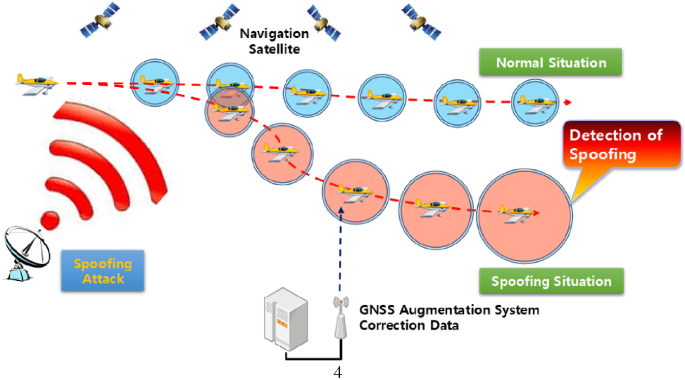A spin is a yaw aggravated stall which results in rotation about the spin axis. The aircraft follows a steep, “corkscrew” like, downward path. Spins can be entered, either intentionally or unintentionally, from any flight attitude and at practically any airspeed. If a stalled aircraft is subjected to a sufficient yaw rate, it will enter a spin. The yaw can be induced by improper use of the rudder or can be a result of the wing drop characteristics of the aircraft in question. In a spin, both wings are in a stalled condition but one wing will be in a deeper stall than the other. The drag is greater on the more deeply stalled wing causing the aircraft to autorotate (yaw) toward that wing. Spins are characterised by high angle of attack, low airspeed and high rate of descent.
Tag: aviation safety
Chair Flying, Makes us Perfect
Chair flying is like poetry, it makes us wiser and better by continuing to reveal beauty and truth about flying.
Looking for Good Flight School…
Success of training is determined by a combination of mechanisms that influence how people process information, focus their attention, direct their efforts, and manage their affect during learning. Individual differences between trainees will always exist, focusing on how to increase motivation and promote learning orientation across trainees can provide a way to enhance learning, despite other individual differences. This is where flight Instructor steps in and plays the most vital role in the life of every trainee pilot.
Flight Instructor: Philosophical thought…
In this blog-post I am hoping to convey what you can expect if you have ambitions to become a Flight Instructor. Becoming a teacher and a mentor is not right for everyone, and I would only encourage you to venture down this path if you believe that you have a passion for teaching and sharing your knowledge with others.
Where does Outer Space begin?
The United Nations has historically accepted the Kármán line as the boundary of space. And while the U.S. government has been reticent to agree to a specific height, people who fly above an altitude of 60 miles (100 km) typically earn astronaut wings from the Federal Aviation Administration. Even the Ansari X-prize chose the Kármán line as the benchmark height required to win its $10 million prize, which was claimed when Burt Rutan’s SpaceShipOne became the first privately-built spacecraft to carry a crew back in 2004.
Aviation & Airlines: Staying Out of Crisis….
As the global airline industry prepares to head to Doha for the annual IATA AGM on 19-21 June, there is plenty to be positive about – alongside continuing reasons for caution regarding the outlook.
Upgrading your Preflight and Inflight Briefing.
In aviation, as flight crew we have to make Go- No Go decision from mountain of information available to us. The goal is to use briefing process to discuss the situation with crew and avoid making a mistake.
Suicide – Murder in Air: Should air-travellers be worried?
Wall Street Journal citing US officials investigating the Eastern China B737-800 crash in March 22 suggests that someone in cockpit gave control inputs which sent the plane into steep dive crashing at remote hill and killing everyone on board. If confirmed by NTSB this would be the third major disaster attributed to pilot suicide- murder. This includes German Wings flight in 2015 that was flown into French hills by co-pilot and Mozambique Airlines flight in Nov 2013. Reoccurrence of such incidents has highlighted the worry of air travellers for the safety. Should they be worried or scared to step into the aircraft for their future travel.
Thunderstorms
Thunderstorms are one of the most beautiful atmospheric phenomenon. As a pilot, however, thunderstorms are one of the most hazardous conditions you can encounter. Thunderstorms can produce severe turbulence, low level wind shear, low ceilings and visibilities, hail and lightning. Each of these hazards can be difficult to cope with; if all these conditions arrive at once, it can be disastrous. Understanding basic thunderstorm formation and structure can help you make safe decisions.
What Pilots should know about GNSS signal jamming or spoofing..
Satellite Positioning Systems like GPS, GLONASS, BeiDou, Gallileo can be the target of various attacks from basic jamming to more sophisticated spoofing of signals or even hard kill of satellites. While Jamming makes the GNSS unusable , Spoofing is a sophisticated form of RF interference which makes the receiver believe it is at false location.









